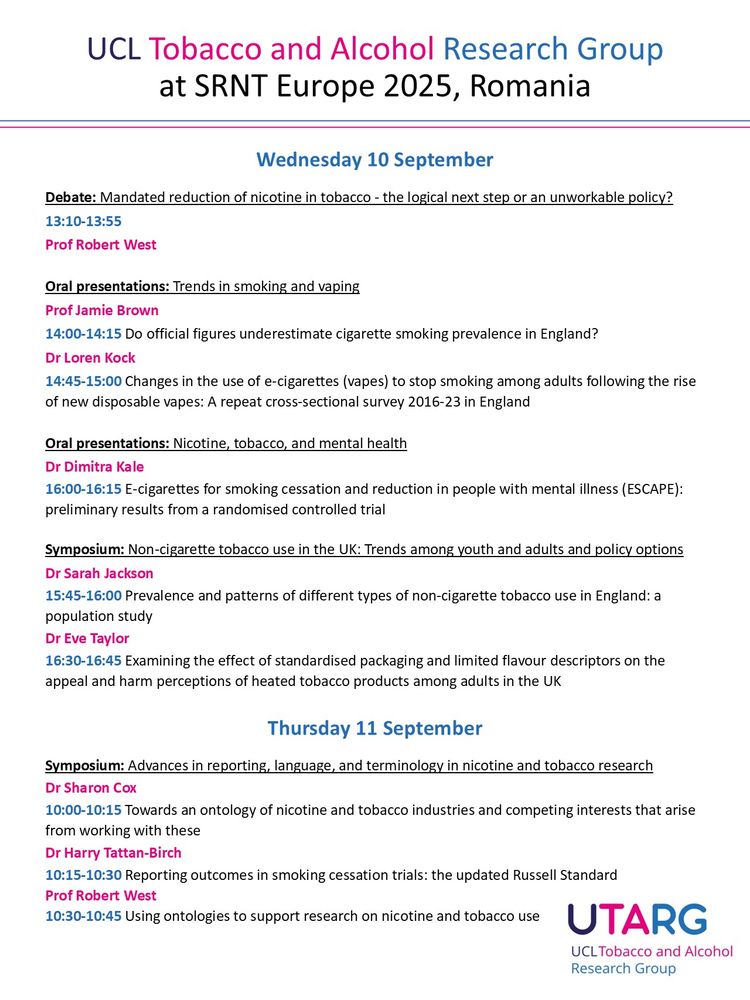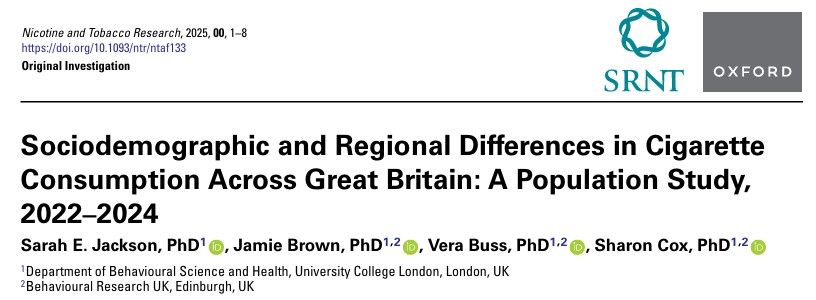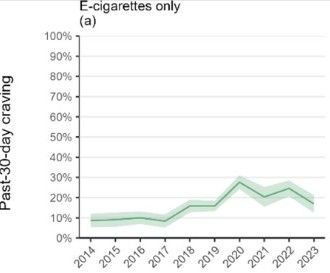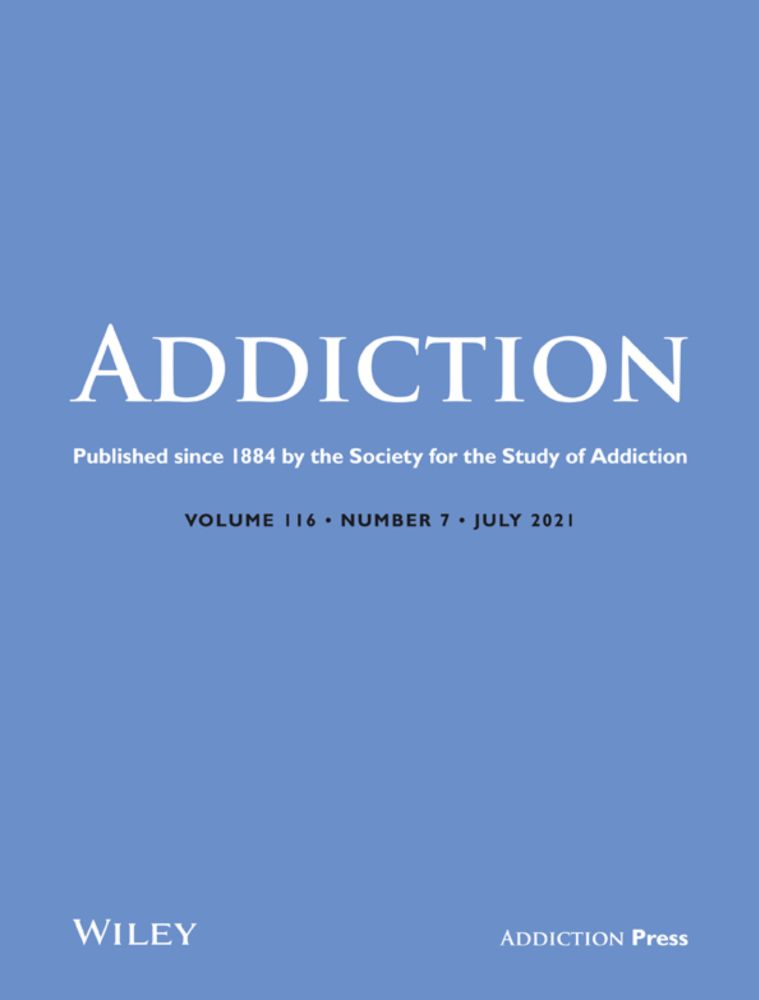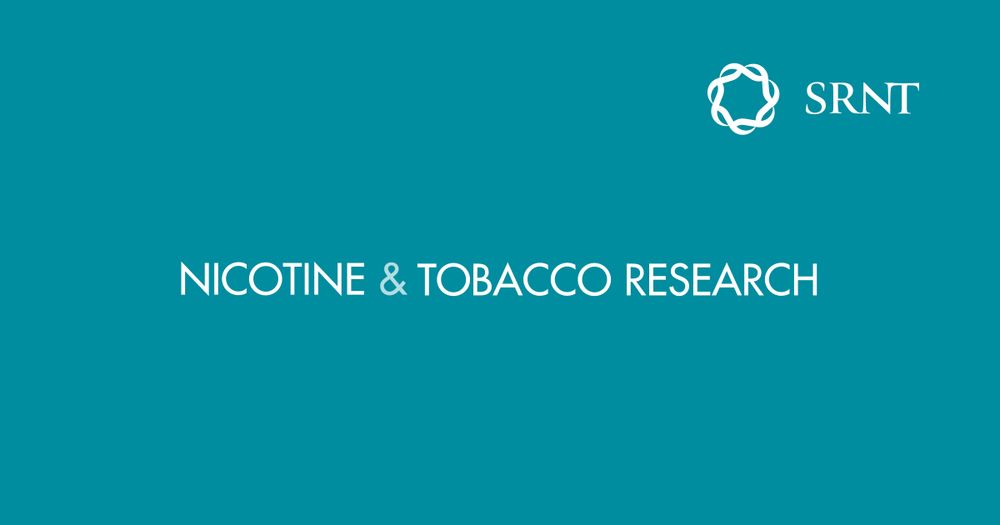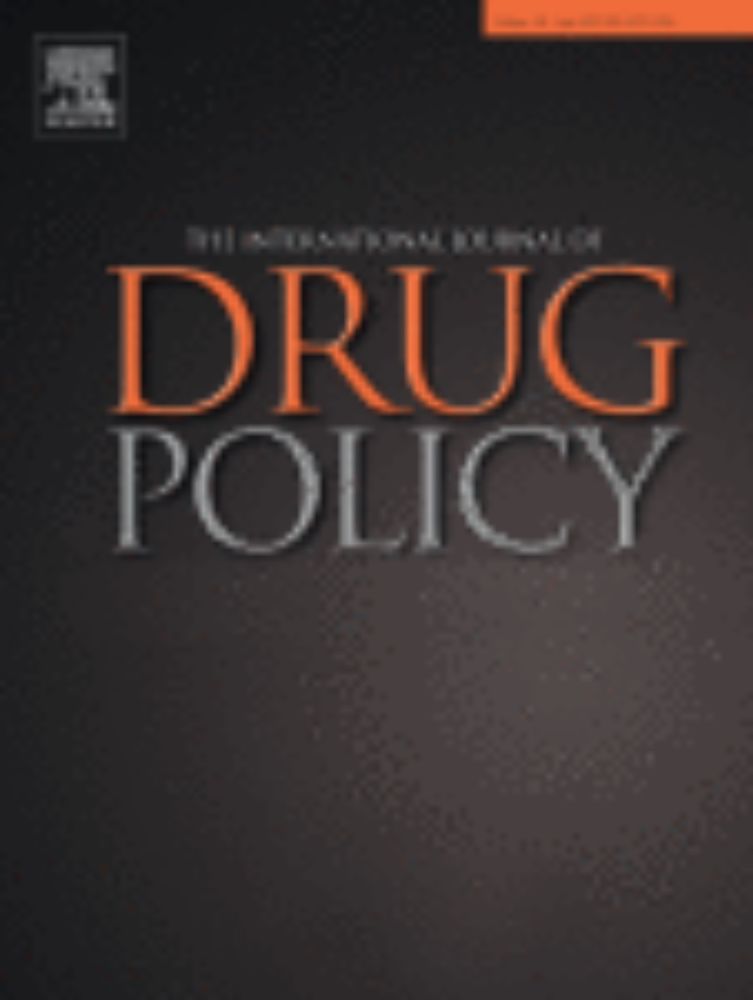Sarah Jackson
@drsarahejackson.bsky.social
2.8K followers
450 following
190 posts
Behavioural scientist, UCL Tobacco and Alcohol Research Group. Smoking, vaping, and alcohol research. President of SRNT Europe. Senior Editor at Addiction.
Posts
Media
Videos
Starter Packs
Reposted by Sarah Jackson
Reposted by Sarah Jackson


